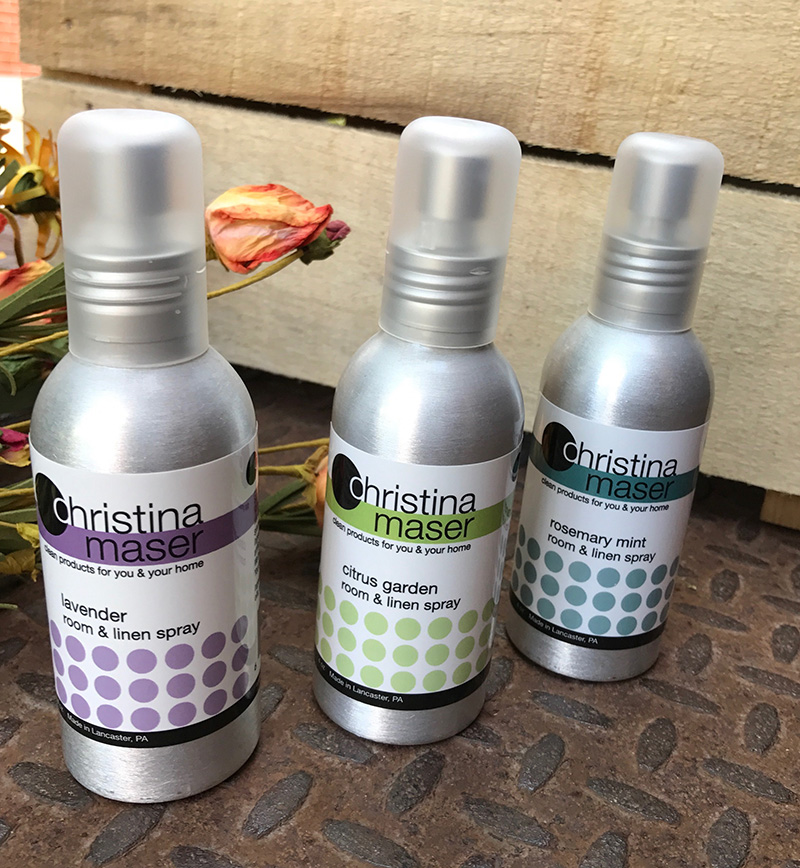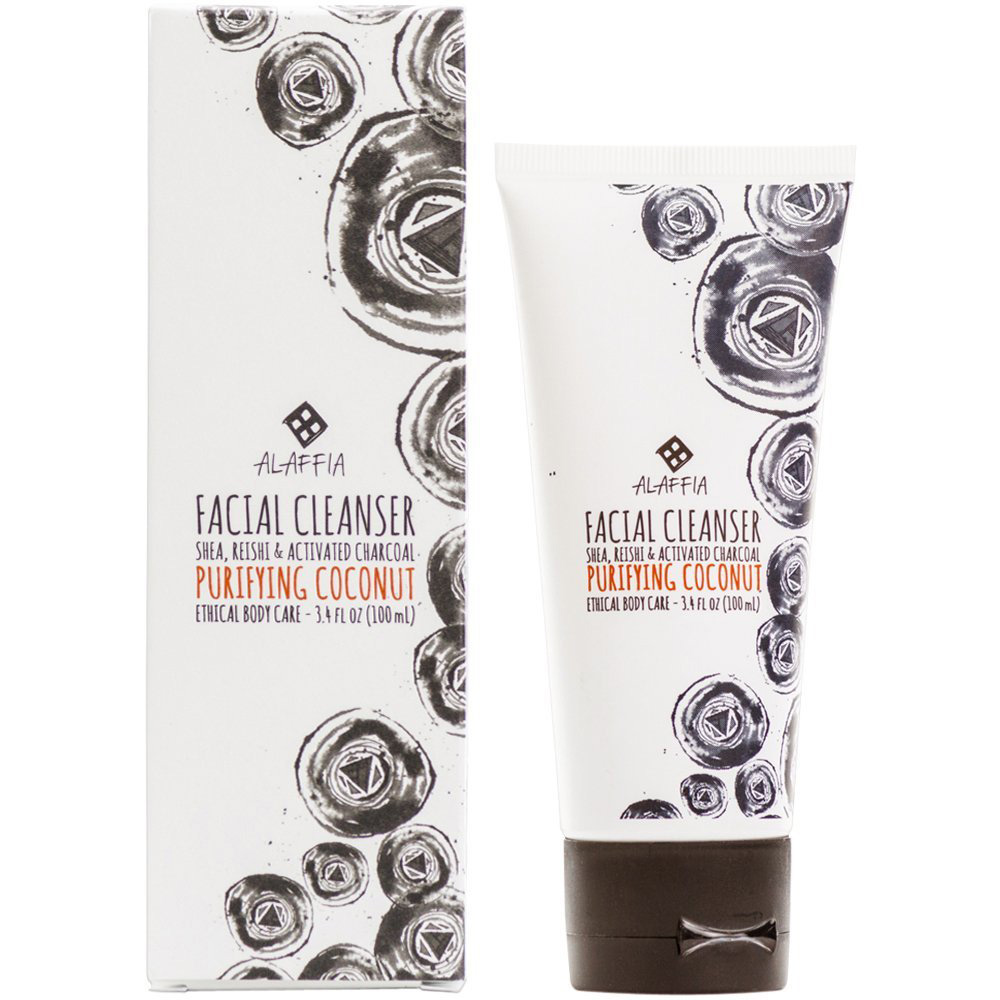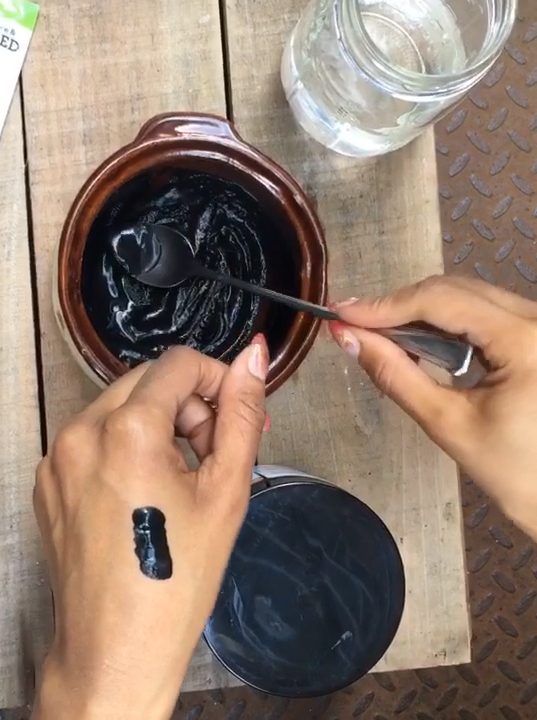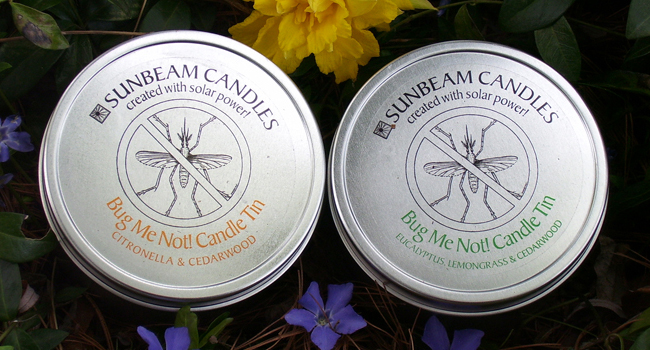Slow drying herbs
These herbs don't dry well in bunches and are best if separated from their stalks and dried on screens. Herbs such as basil, dill leaves, lovage, parsley, and thyme fall into this category. Remove the leaves, cut them into small pieces, and lay them on screens for air drying or place on a cookie sheet to dry in the oven or a dehydrator. Set the oven or dehydrator to a low temperature (below 150°F), and stir often until the leaves are dry. Store in glass jars.
Freezing herbs
Herbs with high water content, such as basil, lovage, mint, lemon balm, and tarragon can also be frozen. Freezing preserves herbs in a bright green state and makes them available for adding to soups and stews in winter. Wash herb stems and remove the leaves. Pat the leaves dry and place on a cookie sheet or tray, separating them so they don't freeze together in a solid mass. Cover and place in the freezer until frozen. Store in an airtight container or freezer bags for up to one year.
Another handy way to freeze herbs is in ice cube trays. This is a great way to preserve combinations of herbs you use in special soups and stews in winter. Stuff three or four individual leaves or chopped herbs in a ice cube tray and fill with broth or water. Freeze, then remove the blocks and store in freezer bags.
Pestos & vinegars
I love eating pesto in summer and preserving pesto for winter, too. I use the ice cube tray method making batches of pesto by filling the trays and storing the cubes in freezer bags. Don't feel limited to basil pesto either. The word pesto, in Italian, means to pound or crush, so try out different leaf combinations like spinach and parsley, arugula and parsley or kale and sun-dried tomatoes. Vinegars are a great way to preserve herbs such as basil, oregano, thyme, and rosemary. Use three to four sprigs of herbs per one cup of vinegar. Experiment with white vinegar, cider vinegar and wine vinegar, using different herbal combinations and amounts.
Collecting herb seeds
Some herb plants are best preserved by collecting the seeds. Dill, fennel, and coriander are some of the most popular herbs whose seeds are used in cooking. To collect herb seeds, let the plants flower and form seed heads. When the seed head begins to yellow and dry, but before the seeds start dropping, harvest the head and cover it with a brown paper bag, securing the bottom with an elastic band. Hang it upside down indoors. Wait a week or so to let the herb seeds mature and dry. Periodically shake the bag to dislodge the seeds into the bag. Store seeds in a glass jar in a dark location. Use within six months for best flavor.



























